I am entranced by the allure of fashion, aren’t we all? The vibrant textiles, the dazzling designs, and the confidence that a great outfit brings. But have you ever stopped to consider what goes into creating those stylish pieces? Beyond the charming storefronts, the fashion industry is a complex world, often under scrutiny for its working conditions, particularly in the realm of fast fashion.
Take a moment to envision the garment workers laboring amidst harsh conditions, receiving meager pay, and contributing to a multimillion-dollar industry. What about fair trade principles or the boom of sustainable fashion? Absorbing these realities is essential to truly grasping the state of ethical working conditions in textiles today and their impact on the people who make our clothes.
Stick with me as we delve into the heart of these industry practices, the necessary strides toward responsible production, and the waves of social and environmental change spurred by divergent trends in the fashion industry.
Key Takeaways
- The garment workers face meager pay and harsh conditions.
- The fast fashion industry often neglects fair trade principles.
- The rise of sustainable fashion is a promising trend in better labor practices.
- Ethical working conditions in textiles is a multi-layered issue.
- Responsible production is a necessary path for the industry’s future.
- Garment workers’ rights are a critical aspect of social change in fashion.
- Consumer consciousness can impact the conditions in the textile industry.
Uncovering the Realities of the Fast Fashion Business Model
Fast fashion—a term synonymous with speed and affordability. But behind the glitz and glamour of new collections and seasonal trends lurk the unsettling realities of the fast fashion industry. A profound exploration of these untold stories and hard truths offers a nuanced understanding of a business model whose priorities often lie elsewhere than people and the planet. From garment factories operating under intensely pressured conditions to large-scale workers’ exploitation, the inner workings of fast fashion can be both startling and disturbing.
Introduction to Fast Fashion
Fast fashion is characterized by its relentless production cycles. Its primary purpose? To deliver a near-constant flow of new styles to consumers, feeding their desire for the latest trends at considerably low costs. However, this drive for continuous production places a substantial burden on supply chain workers. They are compelled to perform under pressured environments, often in substandard conditions, and for wages that barely meet their basic needs.
Pressure on Garment Workers
One of the grim realities of this business model is the exploitation of workers across various levels of the supply chain. From fashion brands to garment factories in countries like Bangladesh, millions of workers grapple with an industry that shows little regard for their health and safety. Long working hours, exposure to harmful substances, and abysmal working conditions are all too common. All of these contribute to widespread exploitation and pose serious health risks.
The Rana Plaza Catastrophe and Fashion Revolution
The global community got a stark, tragic reminder of the dark side of fast fashion in 2013 when Rana Plaza, a multi-story garment factory in Bangladesh, collapsed. Over 1,000 workers lost their lives, and the incident ignited worldwide discussions about labor practices within the fast fashion industry. From this tragedy, the Fashion Revolution was born—an initiative pushing for increased transparency, greater accountability, and an overhaul of the current fashion supply chain.
| Fast Fashion Issues | Impacts |
|---|---|
| Low wages | Lack of living wage leading to poverty and inability to meet basic needs |
| Exploitation | Long working hours, no job security, often in poor working conditions |
| Pressure on garment workers | Health and safety risks, including exposure to hazardous materials |
| Rana Plaza catastrophe | Loss of over 1,000 lives, highlighting the need for global responsibility |
| Fashion Revolution | Demand for increased supply chain transparency and better labor practices |
It’s high time we acknowledged the hidden costs of our fashion choices and worked towards creating an equitable, sustainable industry that values the people behind our clothes as much as the profits. A Fashion Revolution is not just a necessity—it’s an imperative.
The Struggle for Fair Wages in Textile Production
The global textile market, characterized by fast fashion, witnesses a substantial struggle for fair wages among garment workers. A prime example of this is the industry in Bangladesh, where the persistent exploitation of labor results in workers receiving incredibly low wages. Even though the minimum wage is officially recognized, it falls significantly short of a living wage, making sustainability a distant reality for these workers.
This persistent drive for low-cost labor and the dominance of textile production brands over workers often results in wage exploitation. Many brands today continue to pay minimal legal salaries to their garment workforce despite the rising cost of living. This complicates the struggle for fair compensation and amplifies ethical concerns within the industry.
“The ethical issues embedded in the fashion industry’s wage disparity are deeply concerning. Brands often pay garment workers as little as one-fifth of what would constitute a livable wage. This systemic inequality highlights the urgent need for corporate accountability and fair wages.”
Garment workers form the backbone of the industry and deserve to make a living wage. To indeed promote a sustainable and ethical industry, brands must take active steps to bridge the gap between the actual wages and what would constitute a fair wage.
Health Hazards in the Garment Industry
The apparel industry thrives on a vast workforce, churning out high volumes of clothing. This rapid rate of production often takes place in environments with subpar health and safety standards. As a result, garment workers regularly confront severe health risks, exposing them to hazardous materials and poor working conditions.
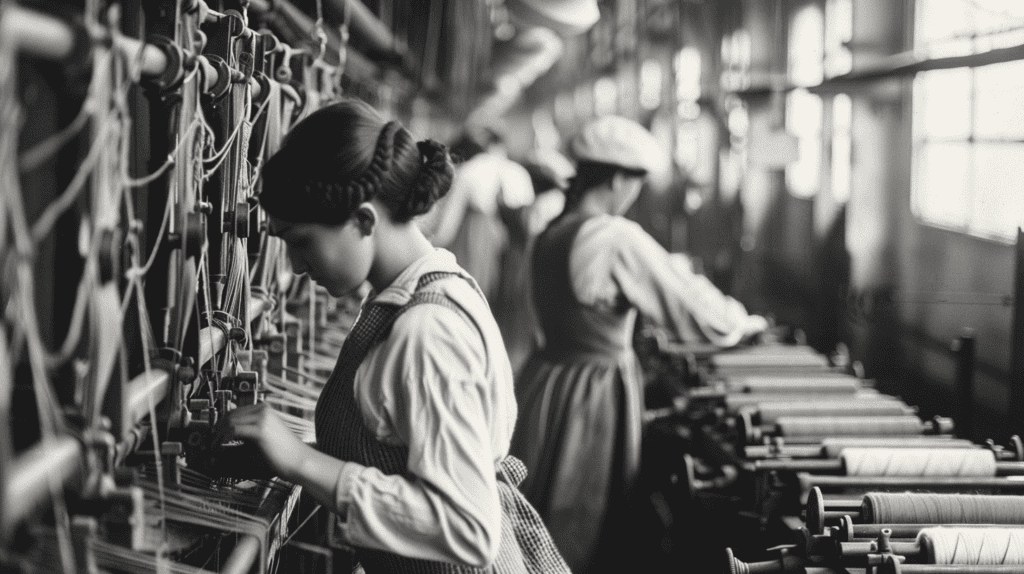
Exposure to Dangerous Chemicals and Dye Process
The process of dyeing garments often involves the use of toxic chemicals. These substances, necessary to achieve a range of vibrant colors, pose a significant threat to worker safety. Workers are routinely exposed to these dangerous chemicals without proper protective gear or protocols in place. This repeated exposure can lead to an array of health issues, including respiratory troubles, skin diseases, and even risks of cancer associated with fiber dust and long-term contact of toxic substances.
Poor Factory Conditions and Worker Safety
Beyond chemical exposure, many factories in the garment industry fall far short of basic safety standards. These factories, often poorly maintained and dangerously cramped, are rife with hazards. Workers face the threat of injuries from machinery, perilous working platforms, overbearing heat, and insufficient ventilation. The tragic Dhaka building collapse of 2013, which took the lives of over a thousand workers, gravely underlines the peril of unsafe buildings in the industry.
Moreover, workers in these environments frequently encounter instances of maltreatment and abuse, adding to the mental strain and exhaustive physicality of the job. The neglect of worker safety and lack of enforcement of stringent safety standards deepen the health and safety crisis in the garment industry.
The fashion industry needs to address these critical issues, ensure the enforcement of stringent health and safety regulations, and provide safer working spaces for garment workers globally.
Environmental Impacts of Textile and Garment Industry
As stylish as the ever-evolving wardrobe options are, one can’t ignore the staggering environmental impact brought about by the popularity of fast fashion. This model of swift textile and garment production tremendously influences carbon emissions, water pollution, and environmental pollution, largely due to the industry’s disposable nature and the public’s rapid overconsumption.
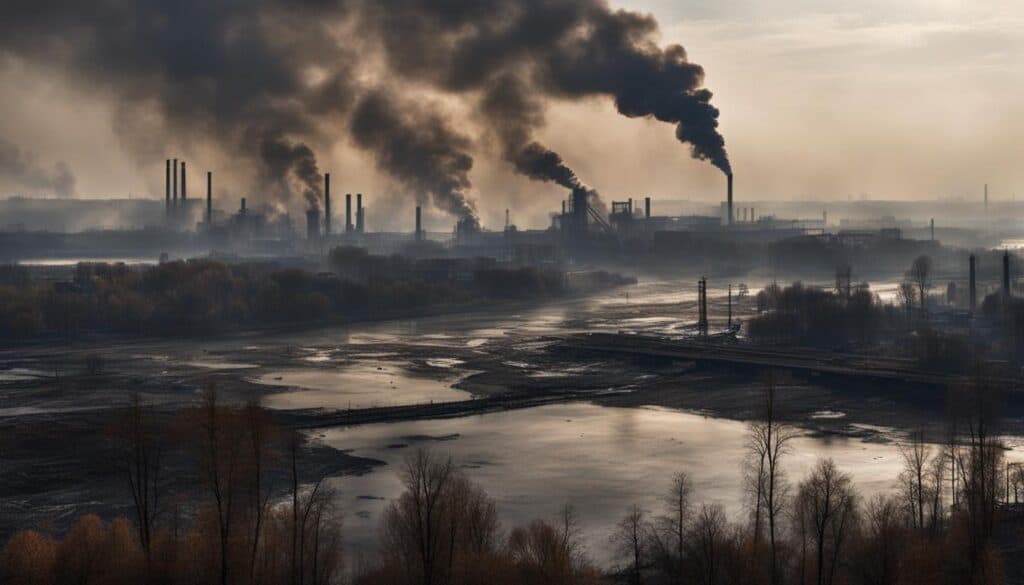
Chronic Pollution from Fast Fashion
The process of cultivating, dyeing, and manufacturing textiles is anything but eco-friendly. Carbon emissions are regrettably high from the vast amount of energy consumed during production. Furthermore, massive amounts of water are polluted due to the toxic chemicals used to dye textiles. Despite the catastrophic results, the harmful practices persist owing to the relentless churn of the fast fashion industry.
Waste and Landfill Concerns
Another saddening byproduct of the industry’s disposable nature is the waste problem it generates. Vast quantities of clothing often go unused or barely worn before being discarded, which quickly accumulates in landfills. This is an unfortunate outcome of the overconsumption associated with fast fashion, where quick and inexpensive outfit changes are prioritized over longevity and conscious consumerism.
To illustrate the significant damage caused by this industry, let’s look at some statistics:
| Environmental Concern | Industry Impact |
|---|---|
| Carbon emissions | Responsible for 10% of annual global carbon emissions |
| Water pollution | Textile dyeing is the second largest polluter of water globally |
| Overconsumption and landfill | Approximately 800k tonnes of clothing goes into landfill each year in the US alone |
It is clear that this industry is tirelessly contributing to environmental pollution and geographical degradation. The environmental impacts of fast fashion create a pressing need for sustainable practices and an industry overhaul.
Exploring the Ethical Working Conditions in Textiles
As the trend towards a more sustainable fashion industry gains momentum, there is an encouraging emphasis on ethical production and working conditions. A fair living wage, respect for garment workers’ rights, and improvement in overall health and safety are becoming intrinsic standards within the industry’s supply chains.
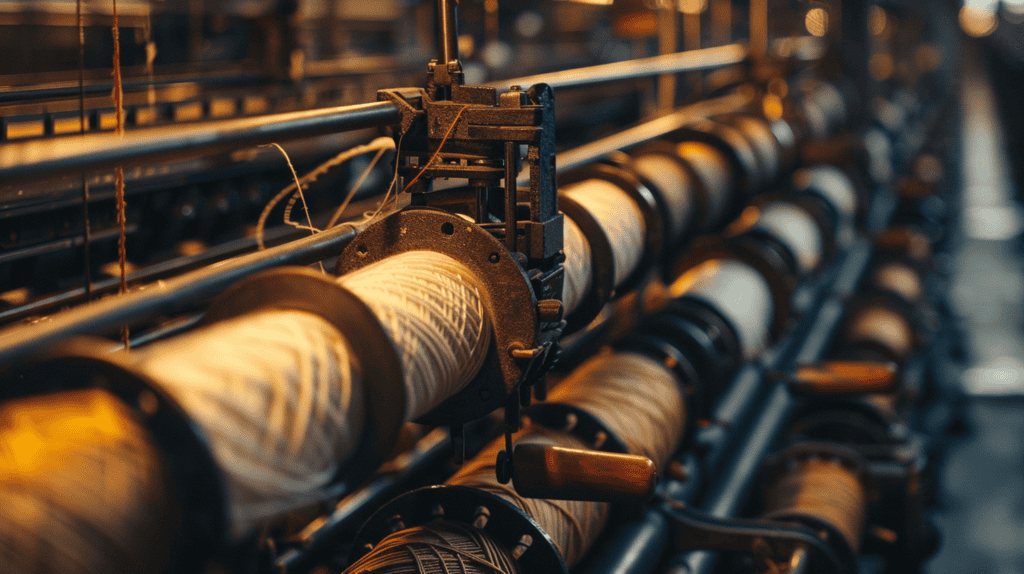
Apart from ethical work environment, the industry is also focusing on sustainable environmental practices. Terms like upcycling and recycling are becoming more evident in the mainstream. Second-hand garments are no longer seen as taboo but as a positive move towards reducing clothing waste. These practices not only address the need for social responsibility but also align with consumers’ growing concern for the environment.
“A shift towards ethical working conditions can pave the way for a more sustainable and eco-friendly future in the fashion world.”
Below is an outline of some changes that have been incorporated into the industry practices, highlighting their importance to the notion of ethical working conditions:
| Aspect | Sustainable Change |
|---|---|
| Fair Wages | Implementation of minimum wage laws to ensure a decent living standard for garment workers. |
| Worker Rights | Growing recognition and respect for garment workers’ rights, striving for equitable and safe workspaces. |
| Environmental Practices | Adoption of practices such as upcycling, recycling, and second-hand sales to reduce clothing waste. |
| Consumer Awareness | Increased consumer awareness and willingness to support ethical brands, encouraging industry-wide changes. |
With these positive transformations, the industry is clearly taking steps towards rectifying its methods. As consumers, it is our responsibility to support these changes, champion the cause, and help promote sustainable alternatives, bringing us all closer to creating an ethical and sustainable fashion industry.
Social Consequences of Fast Fashion on Workers and Communities
Fast fashion, a business model characterized by mass-manufacturing inexpensive and rapidly changing trends, imposes numerous social consequences on workers and communities. Among the workforce, women workers bear the brunt of the adverse impacts.
Gender-Based Inequalities
Women form the majority of the labor force in the fast fashion industry. However, these hardworking women often encounter gender-based violence and workplace harassment, a disconcerting result of systemic gender inequalities. This feminization of labor exposes them to exploitative practices, making them vulnerable to various social, economic, and psychological setbacks.
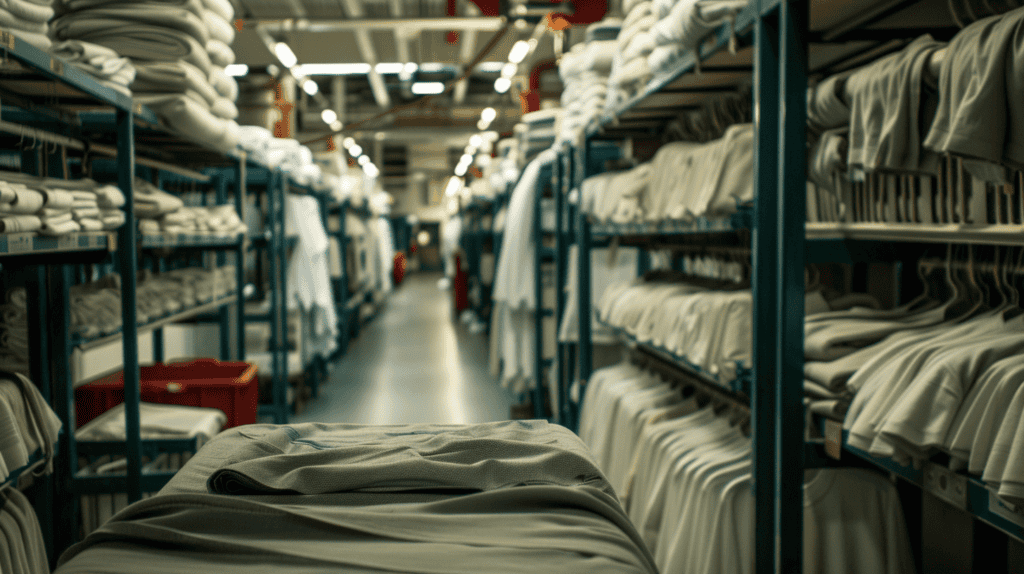
Exploitation and the Supply Chain
Another pressing issue associated with fast fashion involves the exploitation prevalent in the supply chain. The demand for faster production and cheaper costs compromises labor rights, causing employees to endure inhumane working conditions.
The entire system operates under a cloud of economic anxiety and burden, particularly acute during difficult times such as the recent global pandemic. In this context, the social consequences of fast fashion become more pronounced, affecting not only workers but also their families and entire communities.
The reality echo within the industry’s fast-paced corridors dramatically underscores the urgent need for social change and concrete labor reforms. As we delve further into this sensitive narrative, realize and appreciate the toil behind the trendy attire in your wardrobe.
The Push Toward Sustainable and Ethical Practices
The advent of sustainable fashion and ethical practices heralds a new era in the fashion industry. The detriments of fast fashion are no longer brushed under the carpet; instead, industry leaders, consumers, and environmentalists collectively push for fundamental reforms. This shared understanding of responsibility leads to initiatives that fundamentally alter the face of the industry.
Advocacy for change originates from an acknowledgment of fast fashion’s inherent flaws. Consequently, it’s not just about the final product anymore; the entire production process, from procurement to delivery, is under the microscope. The primary focus is on revolutionizing supply chain models to incorporate fair practices, ensure adequate wages, and ensure humane working conditions.
Supporting sustainable brands is no longer a choice; it’s a necessity for fostering a fashion industry that respects both people and the environment.
Responsible consumption is not the sole responsibility of the industry; consumers can significantly influence the shift toward sustainable fashion. Our consumption habits and purchasing choices play a significant role.
- Becoming mindful of our purchases
- Choosing sustainable brands over fast fashion
- Advocating for greater corporate responsibility
These small, consistent actions are instrumental in driving positive change and environmental sustainability. With each ethical choice, we take a step closer to reducing textile waste and reforming the industry.
By collectively moving towards these ethical practices, we can redefine the fashion narrative, transforming it into a realm that embodies social responsibility and respect for all its stakeholders.
Regulatory Challenges and The Role of International Brands
In our ongoing examination of ethical working conditions within the textile industry, we now turn to explore the pivotal roles played by international fashion brands. Meeting regulatory demands, navigating legal obligations, and upholding corporate responsibility are crucial for these brands in fostering ethical workplace conditions.
Navigating Legal Obligations
These brands have to grapple with a complex arena involving myriad legal obligations and regulations extending across different jurisdictions. While every country has its own set of labor laws and workplace legislation, it is crucial for international brands to be fully aware and compliant with these laws. Ignorance can result in significant regulatory challenges and can tarnish a brand’s reputation.
Furthermore, managing supply chain expectations while aligning with international trade policies becomes an intricate balancing act. This balancing is paramount to maintaining ethical working conditions and avoiding labor union disputes. Thus, having a comprehensive understanding of these legal obligations is imperative.
Corporate Responsibility and Ethical Sourcing Initiatives
Besides legal considerations, international brands must also champion corporate responsibility. In essence, this means brands taking ownership of their supply chain management practices, ensuring transparency, and aligning with ethical sourcing principles.
One way brands can uphold corporate responsibility is through the adoption of fair trade policies. Such policies can ensure that suppliers and workers across the value chain are treated fairly and with dignity. They also send out a strong message of the brand’s commitment to humane textile production and decent work environments.
Ultimately, the aim of these international brands should not be mere compliance with laws but truly upholding ethical values. It’s about reimagining their role beyond profit generation and seeing themselves as key players in promoting fair, sustainable, and just practices across the industry.
Empowerment Through Ethical Fashion and Consumer Choices
In recent years, the paradigm shift towards ethical fashion has been on the rise. This trend is critical in empowering individuals and organizations to advocate for change that intertwines social impact and the rights of garment workers. Notably, this empowerment is propelled significantly by insightful consumer choices that champion sustainability and labor rights.
As consumers, our purchasing power advocates strongly for broader industry changes. Supporting ethical fashion brands that uphold garment worker rights is a powerful step towards achieving this change.
Consumer choices are a driving force in promoting the principles of sustainable and ethical trade. In essence, every purchase impacts the fashion industry’s approach to labor laws, sustainability ethics, and fair work practices. The conscious choices we make empower us to advocate for ethical consumerism and play an active role in dismantling business models built on labor exploitation.
“We don’t need a handful of people doing zero waste perfectly. We need millions of people doing it imperfectly.” – Anne Marie Bonneau
The table below showcases some of the positive impacts that ethical fashion brings about:
| Benefits of Ethical Fashion | Description |
|---|---|
| Garment Worker Rights | Ensures dignified work conditions, fair wages, and respectful treatment of workers |
| Social Impact | Fosters positive change in communities by providing decent employment and promoting gender equality |
| Purchasing Power | Emphasizes the role of responsible consumer choices in supporting ethical and sustainable brands |
| Sustainability | Promotes practices that minimize environmental harm and maximize resource efficiency |
| Labor Rights | Upholds international labor laws ensuring safe work environments and prohibiting exploitation |
Our shift towards ethical fashion plays an essential part in influencing the fashion industry trend towards empowerment and respect for labor rights. It all starts with our consumer choices. Let’s take an active part in this change by supporting brands that contribute positively to our society and environment. Together, we can make a real difference for garment workers worldwide.
Confronting Child Labor and Forced Labor in the Fashion Industry
The fashion industry, known for its glamour and flair, hides dark corners filled with unsettling practices. Notably, the use of child labor and forced labor has long tarnished this industry’s reputation. Such practices thrive amidst lax enforcement of labor laws and numerous ethical issues that tend to fall on deaf ears amidst the noise of runway shows and radiant fashion campaigns.
Global Statistics and Current Situations
Global statistics make the magnitude of the problem more palpable. Millions of children across the globe toil under unacceptable conditions in textile factories, exploited by a relentless profit-seeking mechanism. The appeal of cheap labor often supersedes the force of labor laws, leading to widespread abuse of these child workers. This not only strips their childhood but also impedes their growth and development.
The forced labor situation is no better. Many workers, desperate for a livelihood, remain ensnared in exploitative practices with virtually no plausible escape routes. Years of advocacy efforts help to bring these alarming realities into the public domain, prompting conscious consumers and organizations to demand change.
Mitigating Measures and Advocacy Efforts
Several measures must be employed to combat these deploring practices. Labor law enforcement needs to be robust and uncompromising to deter flagrant violators. There should also be a concerted effort to raise awareness about child labor and forced labor’s negative implications, both for the affected individuals and our collective ethical standards.
To illuminate supply chain operations, transparency is essential. It enables industry players, consumers, and advocates to fully comprehend who makes our clothes, under what conditions, and at what cost. This information catalyzes consumer-driven changes, as it influences shopping decisions and encourages support for ethical brands.
“Transparency invites transformation. Not only does it shed light on the realities of our fashion supply chain, but it also opens the door for positive change.”
Finally, supporting organizations that work relentlessly towards eradicating child and forced labor from the fashion industry is paramount. Their advocacy efforts, research work, and direct interventions could substantially reduce the prevalence of such labor abuses.
Through collective efforts, we can potentially turn the tide against such unethical industry practices. This would pave the way for an industry that respects labor laws, maintains supply chain transparency, and holds steadfastly to ethical standards, ensuring the dignity and well-being of all its workers.
Conclusion on Ethical Working Conditions in Textiles
As we draw to a close, it becomes evident that the fast fashion industry presents severe ethical issues tied closely to the working conditions of garment workers. With issues ranging from unfair wages and health concerns to outright exploitation, we confront the stark realities of the textile industry. However, it’s not all doom and gloom, as we have also shed light on the beacon of hope that sustainable and ethical practices present.
Summary of Ethical Issues in Textile Working Conditions
Over the course of our journey, we’ve extensively examined the manifold difficulties present in the textile working conditions. From the deeply troubling matter of inadequate wages that barely support basic living to the pressing concern of health risks, we’ve delved into the many faces of exploitation in the industry. We’ve given attention to gender-based inequalities that plague the sector, casting a spotlight on the damaging consequences on the frontline garment workers.
The Invaluable Role of Consumer Action
The road to a more responsible fashion industry heavily relies on the invaluable role of consumers. It’s clear that by showing a preference for ethical brands and demanding transparency, consumers propel industry accountability in the right direction. This rings particularly true for international brands and regulations, both of which have a significant impact on the unwritten rules that dictate the working conditions in the textile sector.
As we look toward the future of fashion, there is an ever-increasing emphasis on the collective impact of conscious consumer choices. The dream is a world where responsible production is the norm and garment workers across the globe can fulfill their roles in fair, humane conditions. By continuing to advocate for and support ethical brands, we can shape this dream into reality, heralding a substantial shift toward sustainable change.
FAQ on Sustainable Fashion
Q: How is the textile industry negatively impacting workers in its supply chain?
A: The negative impact of the textile industry on its workers is prevalent, particularly in garment production. Many workers are often subjected to exploitative working conditions. These include long working hours, low wages, unsafe working environments, and a lack of labour rights. Most of these issues arise from the pressure to produce cheap clothing for fast fashion brands.
Q: What is the role of fast fashion in the clothing industry?
A: Fast fashion in the clothing industry is a business model that focuses on reproducing high fashion designs and trends at a rapid pace and low cost. It’s fueled by the demand for cheap clothing. This leads to a high production turnover, which often results in exploitative working conditions for many garment workers.
Q: How do clothing brands outsource their production and what is the impact on garment workers?
A: Many clothing brands outsource their production to countries where labour costs are low. This offshoring practice allows companies to produce clothes cheaply, but often at the expense of the workers who face unsafe working conditions and low wages. Such was the case at the Rana Plaza factory collapse in Bangladesh where over a thousand workers lost their lives.
Q: How prevalent is unsustainable fashion within the textile industry?
A: Unsustainable fashion, often referred to as fast fashion, is very prevalent within the textile industry. The rise of fast fashion has led to a massive increase in clothing production and consequently more exploitation of workers around the world. On top of this, production of fast fashion also has a significant environmental footprint.
Q: In what ways can the clothing industry improve working conditions?
A:The clothing industry can take several actions to improve working conditions. Taking responsibility for all workers in their supply chains, including outsourced operations, enforcing stricter factory safety regulations, and adopting fair pay practices globally are potential starting points. Additionally, consumers can demand transparency about where and how their clothes are made.
Q: How is the rise of sustainable fashion impacting the garment industry?
A: The rise of sustainable fashion is challenging the status quo in the garment industry. Consumers are increasingly demanding clothing that is ethically made, which calls to question the exploitative practices of many fast fashion brands. This is compelling brands to ensure better working conditions for workers, including those involved in textiles, and to produce clothes with less environmental impact.
Q: What are the consequences of unethical working conditions on many garment workers?
A: Unethical working conditions can have severe consequences on the health and well-being of many garment workers. Apart from low wages, workers are often subject to long working hours, unsafe workplaces, child labour, and a lack of benefits. In extreme cases, as observed in the Rana Plaza factory disaster, these conditions can be life-threatening.
Q: Why are garment workers in Bangladesh and other similar countries often exploited?
A: Garment workers in Bangladesh and other similar countries are often exploited due to the global clothing industry’s dependence on low-cost labour. In the race to produce cheap clothing, companies often ignore safety standards and fair wage practices. This puts workers in these countries at a severe disadvantage.
Q: Can individual consumers influence working conditions in the clothing industry?
A: Yes, individual consumers play a crucial role in influencing working conditions in the clothing industry. They can choose to support ethical and sustainable fashion brands over fast fashion companies. By making such choices, consumers can send a strong message about the kind of practices they expect from the industry, ultimately shaping its norms and practices.
Q: Does fast fashion have a significant negative impact on workers and the planet?
A: Yes, fast fashion has a significant negative impact on both workers and the planet. Fast fashion’s demand for quick and cheap production leads to exploitative working conditions for millions of garment workers around the world. Moreover, the production of fast fashion contributes to environmental degradation through high water usage, pollution, and waste.

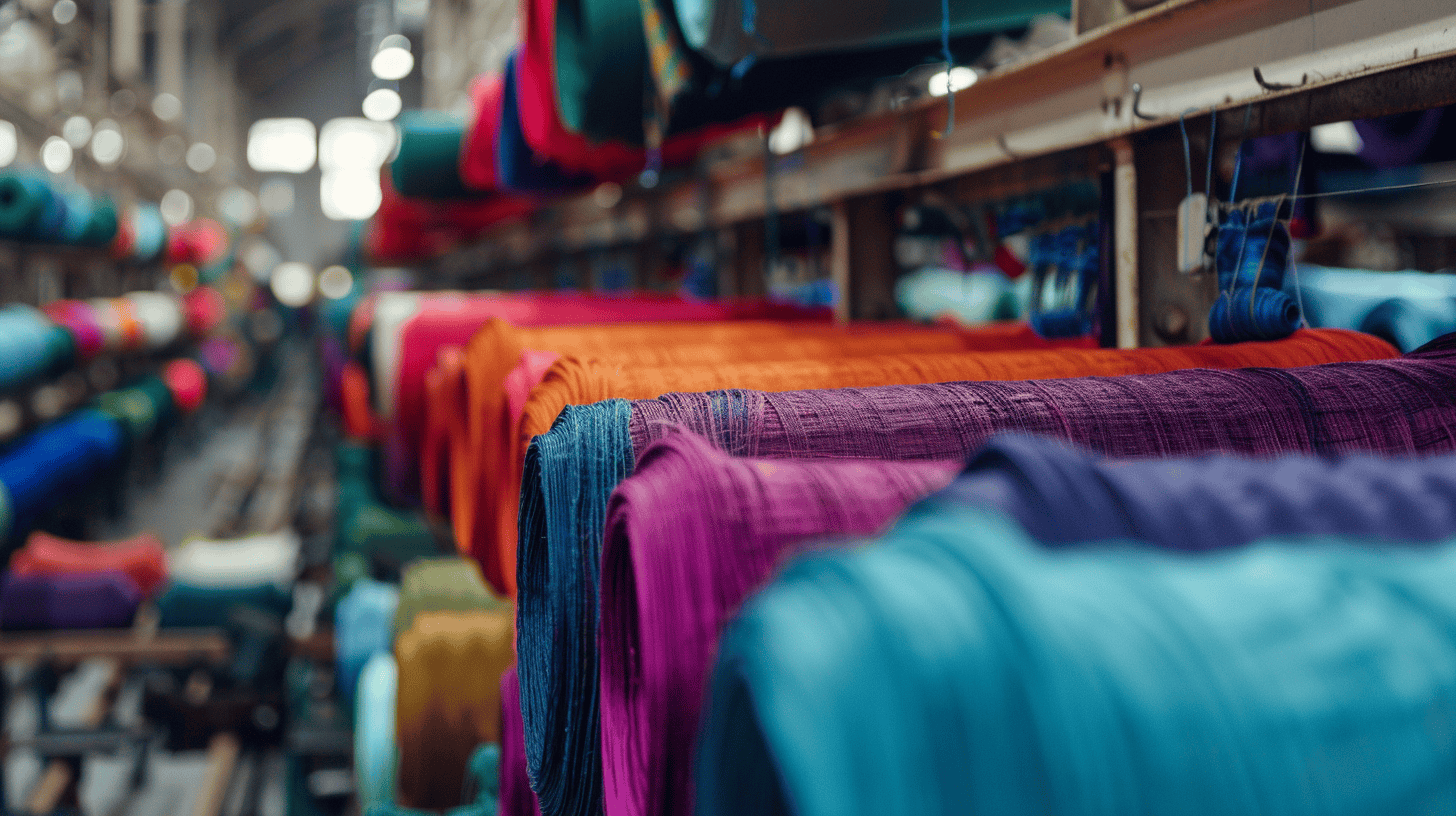



Leave a Reply